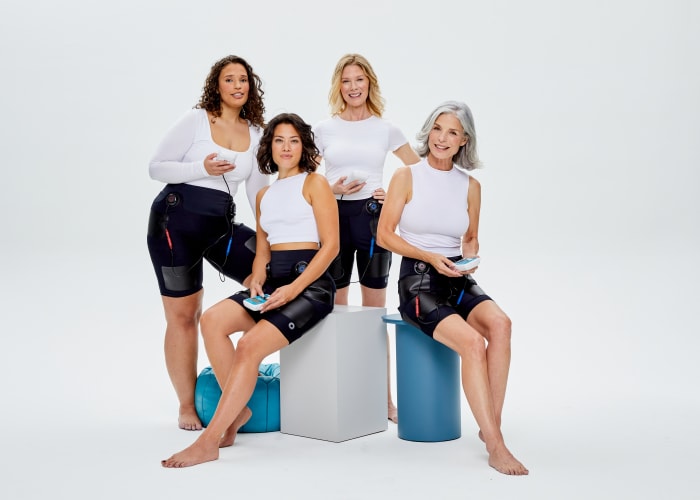
September 10, 2024
Coping Approaches For Women Taking Care Of Urinary Incontinence

- Urinary system urinary incontinence frequently is the primary factor for institutionalization of elderly people.
- The tightenings might be triggered by bladder irritation or loss of neurologic control.
- Stress Decrease Strategies Anxiety can exacerbate urinary incontinence.
- There is limited capacity of a doctor to forecast the quality of life of a specific incontinent lady.
- Beginning a conversation is the very first step to recognizing the clinical and lifestyle options that can help boost the signs and symptoms of OAB.
White Matter Microstructural Changes Are Related To Alcohol Use In People With Panic Attack
Does urinary incontinence ever before vanish?

Table 2
An estimated Urodynamic testing 50-70% of women with urinary incontinence fail to look for clinical evaluation and therapy as a result of social stigma. Just 5% of incontinent individuals in the area and 2% in assisted living home get proper clinical examination and treatment. People with incontinence often cope with this condition for 6-9 years before looking for medical therapy. Some individuals with anxiety urinary incontinence have pee leak into the proximal urethra that might, initially, trigger sensory necessity and/or bladder tightenings, which at first are suppressible. Later on, in a subgroup of these people, myopathic changes might occur in the bladder that make the spread of unusually created contractile signals much more efficient and harder to reduce voluntarily. In either instance, urethral sphincter function suffers, leading to pee loss at lower than usual abdominal stress. This study reveals several vital patterns in the quality-of-life impact and therapy of urinary incontinence in ethnically diverse females in the United States. In this populace of women with at least weekly recurring incontinence, quality-of-life influence varied considerably depending on elements related to the timing and setup of symptoms. She has an experience in medical facility operations, quality assurance & accreditions and numerous certifications, procedure growth and implementation. Understanding methods to manage and lower stress and anxiety, such as bladder training and timed nullifying. Social attitudes and societal assumptions might contribute to feelings of pity or shame about looking for treatment for urinary incontinence. It's time we ruin the stigma and provide equivalent relevance to both physical and mental wellness while resolving male urinary incontinence. Nevertheless, recognizing the psychological effects and seeking assistance can produce a significant adjustment.Social Links